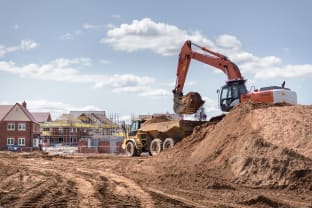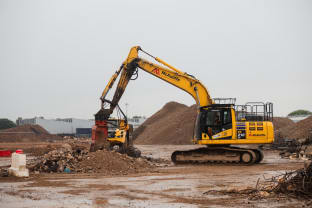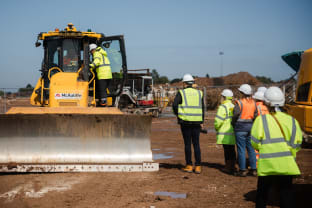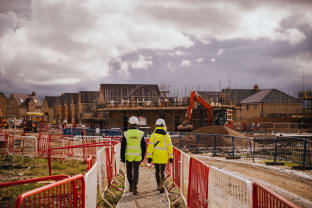Insights and media
New house building news and related articles.

Latest insights

Building and design
Why land quality matters in residential development

Building and design
In conversation with Jamie Bursnell: innovation in house building

Building and design
Understanding landfill tax

Building and design
NHBC hosts Longbridge: Transforming brownfield into a thriving community event in Birmingham
Latest case studies

Employee
Life as a Technical Building Consultant with Shalane Krauer

Land Quality
Longbridge: Transforming brownfield into homes and a thriving community

Pride in the Job
Eddie McCann, Pride in the Job 2025 Quality Award winner

Pride in the Job





